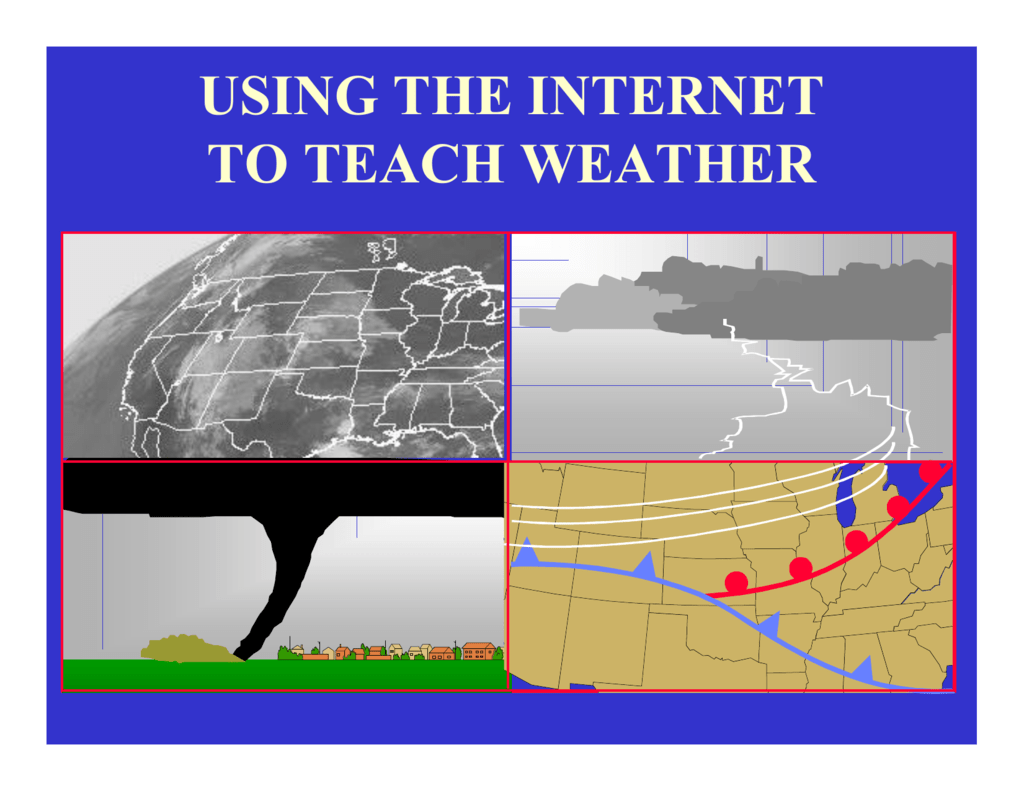

WX as an abbreviation was likely used very early on in telegraphy.
Weather wx code#
Some say it’s because “WX” in Morse code has a nice sound to it (dit-dah-dah, dah-dit-dit-dah) while others speculate that it had something to do with X being also used for “exchange:” WX being “weather exchange.” It could also be just for continuity’s sake-several longer words are abbreviated by their first letter followed by an x, such as TX for transmit, RX for receive, and PX for press. The origins of “WX” aren’t exactly clear, but there are a few possibilities. As a result, morse code operators began to develop a set of internationally standardized abbreviations, just like the “BRB,” “LOL,” and “JK” of today’s text communication. While this revolutionized communication, it was still relatively slow since an entire sentence with dozens of characters could take minutes to send. He also created a code to represent the characters, a pattern of short and long sounds which are often referred to as “dits” and “dahs.” This changed in 1836 after inventor Samuel Morse demonstrated the use of electricity to send electrical pulses over wires, called the telegraph. Delays were common at any point on this trip. A letter that takes just a few days today to arrive at its destination took several weeks then, as mail needed to be loaded aboard trains to make long distance trips, and it was delivered to and from those trains by horse-drawn carriage. The fastest way to do so was via postal mail, and it wasn’t fast at all. Up until the mid-1800s, there was no instantaneous way to communicate. This may seem odd as there’s no “x” in the word “weather,” so where did it come from and why was it used? The answer lies in how we communicated in the days before telephones. Weather seems like an awfully short word to need an abbreviation, but it has one: WX.


 0 kommentar(er)
0 kommentar(er)
